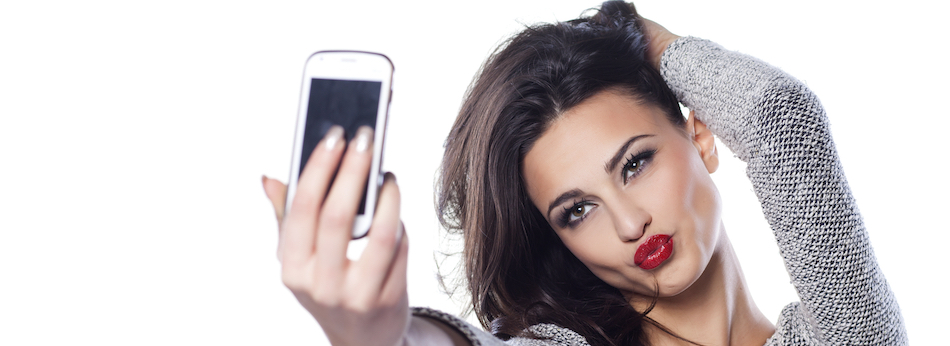
The rise of smartphones has also led to the rise of selfies as an untold number of candid shots are posted on multiple social media platforms each day. Even though so many selfies are uploaded on a daily basis, photos taken with a smartphone (as opposed to a regular camera) tend to distort the facial features and can lead to some less then flattering photos. A recent study published in the April issue of Plastic and Reconstructive Surgery shows how these inaccurate photos might be driving a desire for plastic surgery.
Dr. Bardia Amirlak, an associate professor of plastic surgery at the University of Texas Southwestern Medical Center in Dallas, and the author of the study, said “Social media has led to an increase in requests for plastic surgery from patients due to increased awareness of their looks.” Amirlak added this is a trend that has been growing since 2014.
The study results were determined using a participant group of twenty-three women and seven men ranging in age from 24-62. The average age was 34 and seven of the participants had previously had cosmetic surgery and/or a cosmetic procedure that was performed using cosmetic injectables (such as fillers). All of the people in the group volunteered to have their photos taken in three different ways.
Of the three photos, one of them was not a selfie. Instead, it was taken using a standard digital single-lens camera that was placed about five feet away from each of the participants in the study.
The other two photos were selfies taken using smartphones. One of the selfies was taken about a foot away from the person while the other photo was taken a bit further away (about 1.5 feet) in order to reflect the full distance of an arm’s length more accurately with a bent wrist. The same body position and lighting were used for all three of the images.
Once the photos were ready to be viewed, there were studied and analyzed by the medical team as well as the volunteers.
When looking at the selfies from a clinical point of view, Amirlak said the facial distortions varied in the range of 5\%-10\%. As an example, they “found that nasal length [in selfies] was longer compared to regular clinical photography. And the ratio of the base of the nose to the facial width was decreased in selfies. [Meanwhile], the length of the chin was shorter in selfies, compared to clinical photography.”
The photos were also compared to a standard portrait image. Selfies that were 12-inches resulted in the nose having a look that is 6.4\% longer while selfies that were 18-inches caused the nose to have an appearance that looked to be 4.3\% longer.
Selfies that were a foot-long gave the chin length a 12\% decrease in its look. This decrease actually resulted in an increase of 17\% in the ratio between the nose length and chin length of the subject. Finally, selfies were also found to widen the base of the nose (this increase in width was relative to the overall width of the face).
The people that participated in the study were able to examine the pictures to form their own opinions on the photos.
While they were examining the appearance of the nose, their scores went up around 9\% when they were comparing the photos taken with a standard camera instead of the 12-inch selfies. Plus, the overall assessment of their face went up around 6\% when comparing the standard camera shots to the 18-inch selfies. Many of the study participants also felt their face had a “more proportional” look in the photos taken using a standard camera.
Amirlak noted the results of the study put the spotlight on how smartphones might be having a negative impact on people looking to have plastic surgery.
The doctor said the distortions in the selfies were “shown to negatively affect an individual's self-esteem.” When it came to both men and women, he saw a “relationship between the increase in selfie photographs and an increase in rhinoplasty request, particularly among younger patients.” (FYI: Rhinoplasty, AKA a nose job, is performed to change the appearance of the size or shape of the nose.)
Amirlak said it is important for smartphone users to understand that selfies are not going to show a very flattering version of their appearance. He also suggested that surgeons need to account for the fact that potential patients are relying on selfies when they are trying to decide about plastic surgery as well as when they are taking a close look at their appearance after a plastic surgery procedure.
In other words, one of the main goals of plastic surgery is to fix how features look in real life as opposed to how they look in a selfie. Plus, the decision to have plastic surgery should be thought out and considered for a long time as opposed to being an impulsive idea on the part of the patient.
- MA